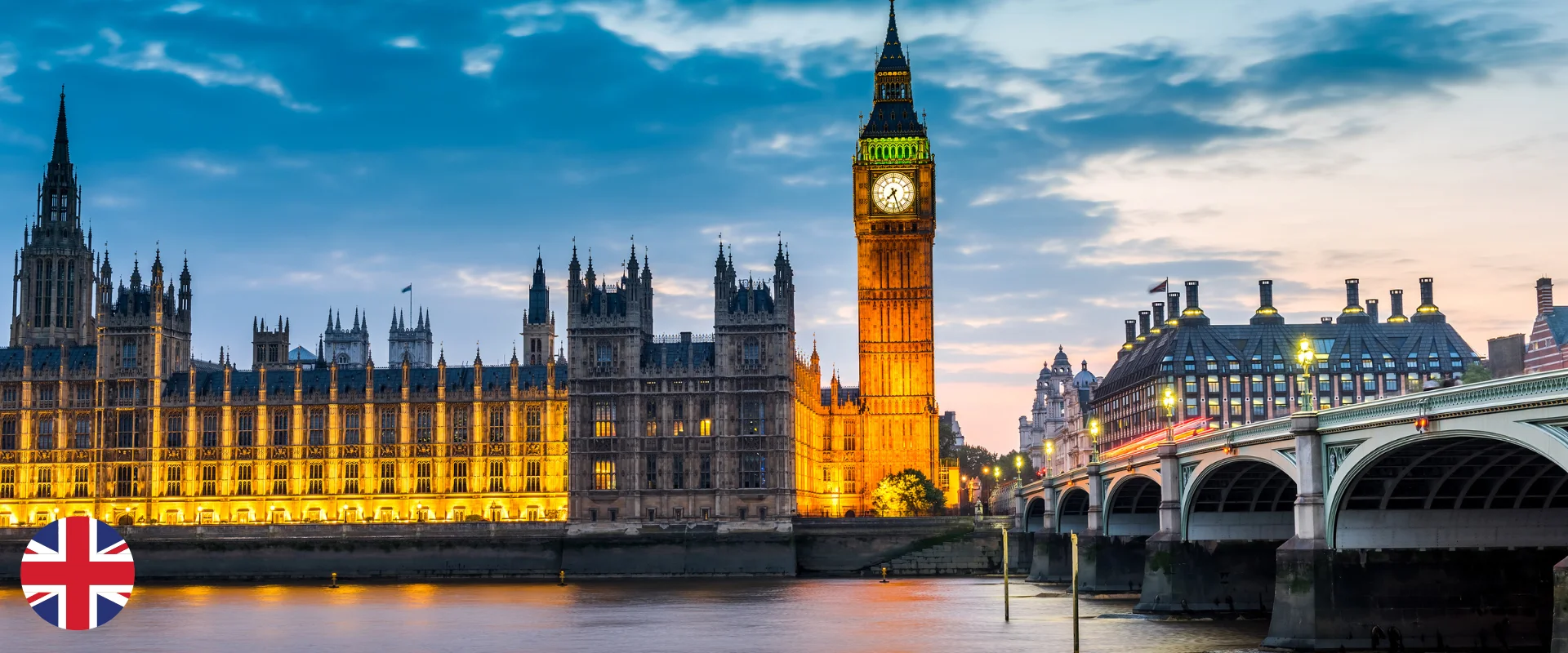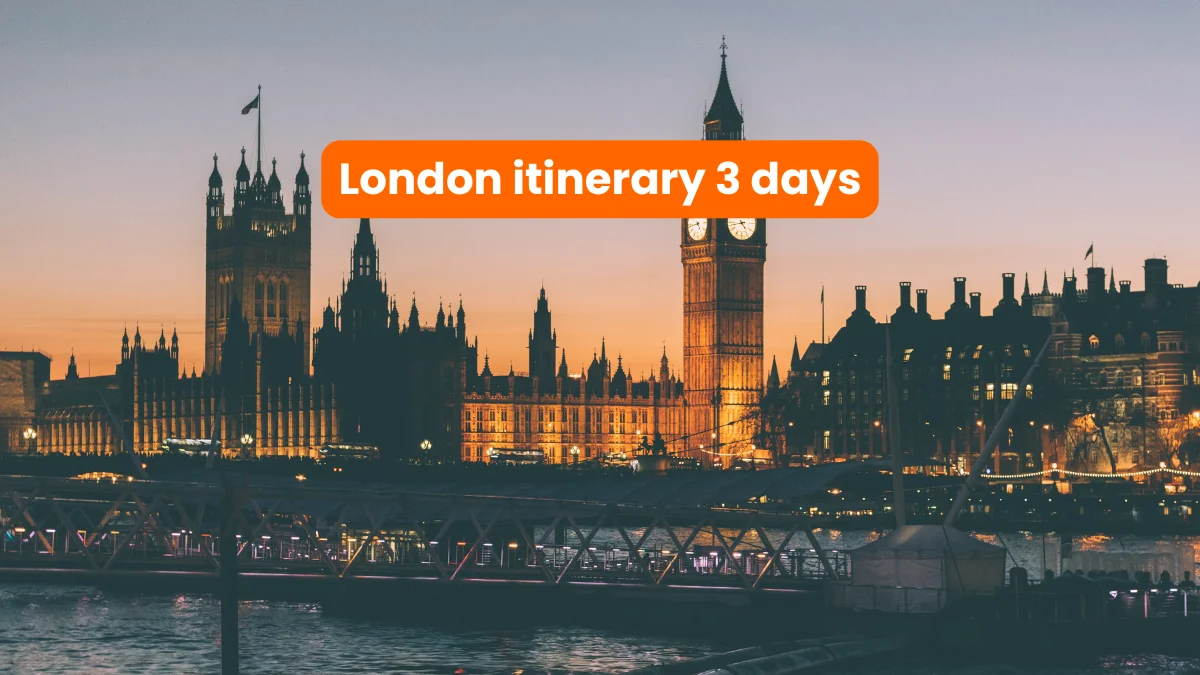The UK’s festivals spill over into cuisine, offering more than taste an edible exploration of regions and their cherished heritage. Rich with both traditional fare and contemporary influences, UK cuisine greets travelers with a robust palette.
Classic dishes: fish & chips, full English breakfast, Sunday roast
British cuisine boasts timeless dishes resonating authenticity and comfort, distinguished by historic reverence and regional specificity.
Fish & Chips presents as an iconic UK staple, steeped in history yet simple in execution. Served often by the sea or in bustling city centers, this dish pairs crisp battered cod with thick-cut golden chips, artfully dressed in vinegar and salt.
Full English Breakfast burgeons beyond morning a hearty ensemble of sausages, bacon, eggs, toast, and black pudding. It invigorates mornings while embodying culinary tradition stretching through social and personal rejuvenation amid its indulgent fulfillment.
Sunday Roast becomes more momentous than a mere meal. Served with Yorkshire pudding, vegetables, and savory gravy, it nurtures family bonds and social gatherings, a revered culinary embodiment spanning through time.
Scottish specialties: haggis, shortbread, whisky
Scotland aromatically titillates with dishes bearing indelible cultural significance, a direct passage into Scottish soul through taste and tradition.
Haggis culminates Scottish culinary effort, comprising courageous blends of offal, oats, and spice impeccably paired with neeps and tatties. Their hearty servings participate within cultural celebrations, redolent of robust history alongside Burns Night commemorations.
Shortbread, tasty in saporous simplicity, serves as dessert and nostalgia combined. Buttery yet crumbly, these Scottish confections trace lineage through generations, ensuring holiday traditions and teatime memories endure delightfully.
Scottish whisky, revered globally as uisge beatha or “water of life,” is distinguished by its diverse regional expressions—ranging from Islay’s smoky peat to Speyside’s fruity elegance. Each dram reflects a vibrant yet matured complexity, offering a historical narrative captured in every glass.
Welsh and Northern Irish flavors
The regional character of Wales and Northern Ireland shines through their distinct culinary traditions, interweaving flavors and cultural tales into tradition-rich dishes.
Welsh Cawl provides comfort within hearty broths made from lamb, leeks, and vegetables, simmered slow to nurture cold seasons with warmth and sustenance.
Laverbread, reclaimed from sea mist and deemed ‘caviar’ among dishes, invites curious indulgence sided sometimes with cockles or Welsh rarebit.
Northern Irish Cuisine heralds the Ulster Fry, reviving breakfast with fry-ups built from soda bread, meats, and farm produce. Meanwhile, dishes like champ bring simplistic joy through mash and scallions, accentuating fundamental ingredients.
Influence on Cross-cultural Food Scenes ranges beyond mere sustenance, grounding culinary anchors in pub fare or tea culture like a canvas spanning global inspirations yet grounded nationally.
Pub food culture and afternoon tea traditions
British culture at its heart offers respite within shared experiences, whether through boisterous pub scenes or tranquil teatime tables, binding communities across season or reason.
Pub Culture exemplifies community dining, where culinary fare accompanies local ale and hearty meals like pie or fish and chips evoke historic habitats for conversation and camaraderie. A night at the pub fosters social connectivity beneath country charm, thriving with stories retold a people’s institution loved globally.
Afternoon Tea, rooted in regal influence, yet endearingly everyday, blankets break with graciousness. Beyond speciality blends within ornate teapots, sweet treats like scones, finger sandwiches, or cakes signal quintessential British elegance. This ritualistic splendor fosters intercultural hospitality amid ornate venues.



